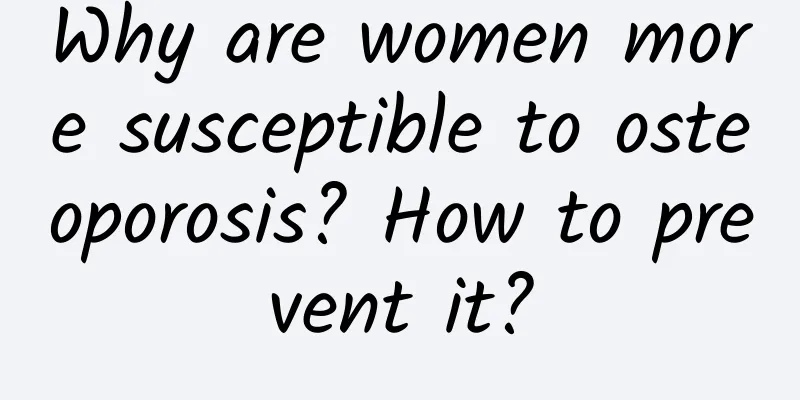How do you know if the follicle has ruptured?

|
If a woman wants to know whether the egg has split, she can go to the hospital for a monitoring follicle B-ultrasound on the 11th day of her menarche, and it is recommended to go to the hospital for a follow-up B-ultrasound every day. Under normal circumstances, when the B-ultrasound shows the presence of mature follicles, ovulation will occur on the same day or the next day. Therefore, you can go to the hospital for another follow-up ultrasound the next day. If it is revealed that there are no mature follicles in the uterus and ovaries, it proves that the egg has already ruptured and the ovulation period has been completed. In fact, in clinical medicine, if you want to know whether the egg has ruptured and the oocyte has been discharged, the best way is to test it through B-ultrasound. When the B-ultrasound examination finds that the egg part has collapsed and there is fluid accumulation in the pelvis, it may be that the egg has already ruptured and the oocyte has been discharged, and the egg has flowed into the uterine duodenal pouch to form fluid accumulation. In addition, in clinical medicine, the presence of ovulation can also be determined by measuring the ovulation temperature. If the ovulation temperature is biphasic, it basically means that ovulation has occurred clinically. However, ultrasound examination is more intuitive. It is recommended to use B-ultrasound to monitor the follicles, starting from the 12th day of the menstrual period, and do B-ultrasound every other day until the collapse of the egg part is detected. The discharge of egg fluid indicates that ovulation has occurred. Most people's eggs can naturally rupture and ovulate normally after they are mature. However, a small number of people will experience follicle failure to rupture, that is, egg non-rupture luteinization syndrome, and abnormal ovulation. If this happens repeatedly, treatment is needed. After the egg is mature, chorionic gonadotropin can be injected intramuscularly or triptorelin acetate can be injected subcutaneously to promote the rupture of the follicle and the discharge of the egg. If the egg still does not break after medication and there is ovulation disorder, a puncture needle can be used to puncture the egg through the posterior fornix of the vagina to promote the release of the egg, but the pregnancy rate of this technique is very low. You can do in vitro fertilization, in vitro fertilization eggs are taken to produce test tube embryos which are then transplanted into the uterine cavity to promote pregnancy. The chance of this type of pregnancy is relatively high. |
>>: How to protect the ovaries from aging
Recommend
Bleeding again on the fourth day after painless abortion
Painless abortion is currently a common method of...
Is the pelvis on the left or right?
The pelvis is a relatively important part for wom...
Causes of abdominal distension after abortion
Nowadays, female friends always don’t pay attenti...
What are the causes of candidal vaginitis?
Many people think that the cause of candidal vagi...
Hip pain during late pregnancy
In life, many pregnant women will feel pain in th...
A woman dreams of a snake at home
When our homes are close to dense bushes or fores...
What medicine is good for pubic lice?
Pubic lice are a type of insect that develops fro...
I feel hungry quickly after the abortion.
Although medical abortion is a good way to stop l...
What are the five symptoms of low immunity? What are the factors affecting the strength of immunity?
Author: Fan Yunzhu, attending physician of Jiahui...
Effective way to quickly see red and break water
In fact, once a pregnant woman reaches her due da...
Pregnancy 14 weeks male and female signs
The 14th week of pregnancy means that the pregnan...
What is the fastest way for women to replenish kidneys?
When people talk about kidney problems, the first...
Women feel pain after urinating
There are many problems in the human body, and di...
Will breast hyperplasia get better after menopause?
Breast disease is a common disease of female brea...
What is the situation of sour smell in private parts
If female friends feel a sour smell in their priv...









